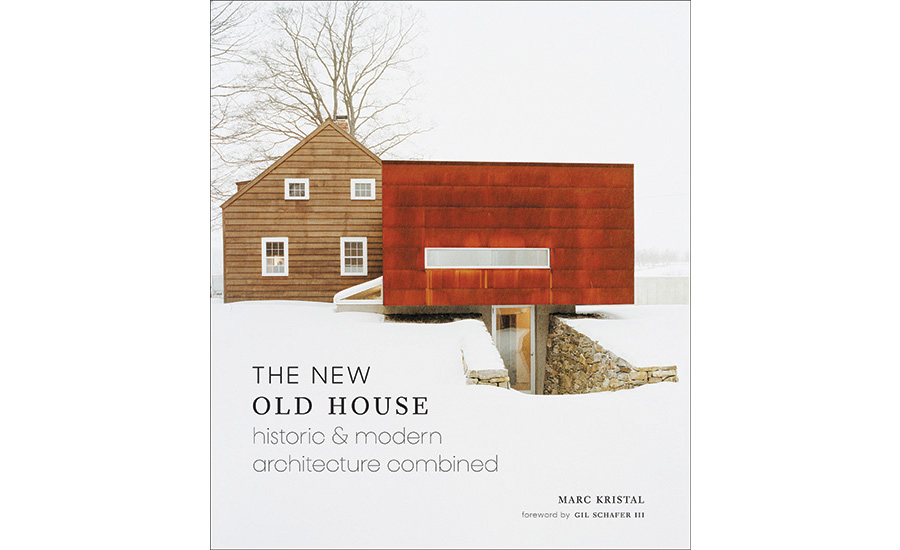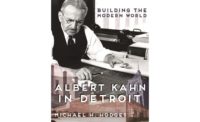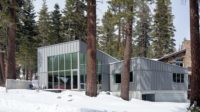As a former filmmaker, the writer Marc Kristal is a natural storyteller, which enlivens his 18 case studies about adding contemporary additions to old houses. The examples, 11 in the United States and seven in the United Kingdom, range from rustic cottages such as a stone ruin from the 1700s, on an island off Scotland, to modern classics such as a Los Angeles house designed in 1947 by Raphael Soriano for architectural photographer Julius Shulman. In each, Kristal traces how contemporary architects were able to weave together traditional and modern structures.
Kristal cites the Italian architect Carlo Scarpa as his inspiration for studying adaptive reuse of historic structures because of Scarpa’s “clearly drawn distinctions between old and new.” Scarpa’s exposure of a structure’s layers for clues to its history and his introduction of elegantly designed architectural objects that invest spaces with subtle detail are in line with the approaches on these pages.
One of the book’s most successful examples is Ten Broeck, a modest 19th-century Dutch cottage in an apple orchard in Upstate New York. The New York–based architects Brian Messana and Toby O’Rorke stripped the structure to its frame, reclad it with warm brown cedar siding and shakes, and installed new six-over-six windows.
Then they added an extension in their signature modern style rather than attempting a faux Colonial wing. The one-story modern “box,” clad in rusty Cor-Ten steel, houses a kitchen, bedroom, storage room, and bath. The architects chose steel after seeing how local residents park metal trailers next to traditional wooden houses.
The addition floats above a skylit exercise room in the cellar and is linked to the farmhouse by a narrow glass channel. The architects divided the original house’s living and dining areas with a new wall and a double-sided fireplace. The plan is simple and the progression of rooms from old to new seamless. Scarpa would have loved it.
Another impressive example is London architect Richard Found’s early 19th-century gamekeeper’s cottage in the Cotswolds, which he belatedly discovered was a Grade II protected structure that had to be preserved. After a year and a half of negotiations, he was allowed to restore the tiny cottage and build a 5,000-square-foot modernist extension behind it with walls faced in the same signature Cotswold stone. The spare new minimalist wing has four bedrooms to the east of the cottage and a living and kitchen “great room” to the west, all made with poured-in-place concrete floors and ceilings. The rear is embedded in the hillside behind the cottage.
The roof of the living room wing is cantilevered to allow a long window wall on one side, with views of the lush, steeply sloping valley and two lakes. In 2012 the Royal Institute of British Architects gave the cottage a National Award.
Kristal writes in the introduction how he discovered that “complicated problems can be the best generators of design solutions, whether aesthetic, programmatic, performance-driven, or all three.” Explaining how that worked in such different situations makes for an inspiring series of tales.






Post a comment to this article
Report Abusive Comment